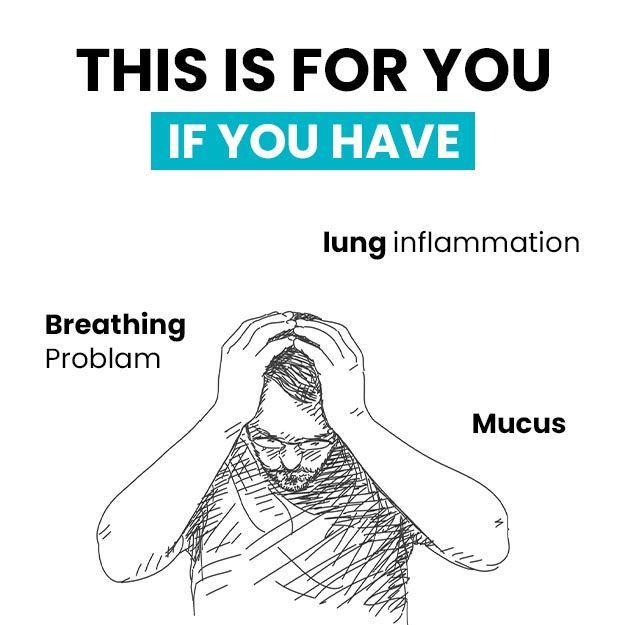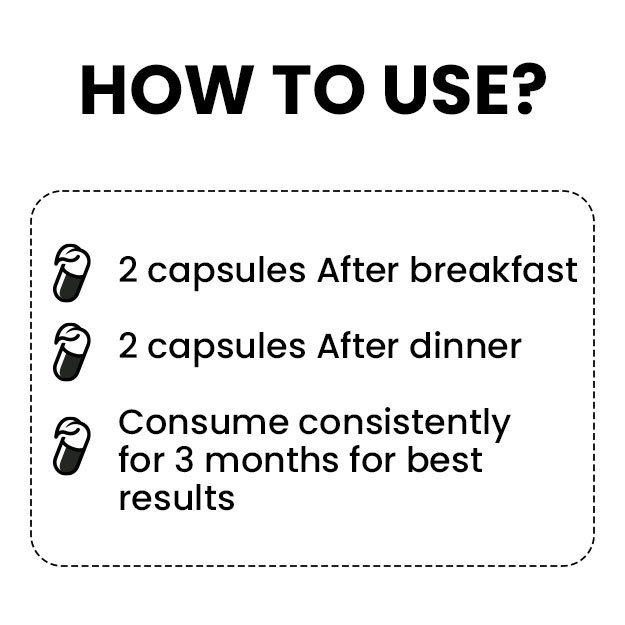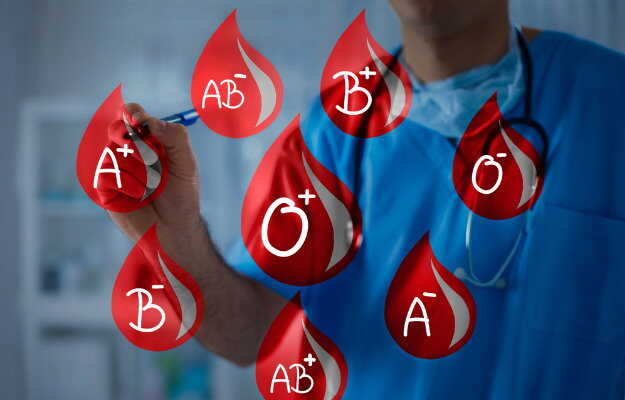If for any reason the lungs are not able to perform their task of filling the body with oxygenated air and removing carbon dioxide, the condition is known as respiratory failure. When the lungs are not able to function normally and fluid begins to fill up in the air sacs inside the organ, it stops the lungs from removing the carbon dioxide that begins to build up inside the body.
Lungs are the organs that help the body take in oxygen which they then pass into the blood, and the blood carries this oxygen to the rest of the organs inside the body, which require its regular supply to keep functioning and performing their job. (Read more: Hyperventilation or low carbon dioxide in the body)
However, there are several conditions that can affect the breathing of a person, which leads to respiratory failure. The function of breathing is not only to take in oxygen but also to rid the body of the carbon dioxide it has to emit. Any breathing difficulty causes the body to build up excess carbon dioxide which it isn't able to emit, thereby causing problems to other parts of the body as well.
Respiratory failure is a serious medical condition that usually affects people when they are older. There are several other factors and illnesses that can lead to the occurrence of this condition, which often requires immediate hospitalisation. Read on to know about the symptoms, causes, prevention, diagnosis and treatment for respiratory failure.

 Doctors for Respiratory failure
Doctors for Respiratory failure  OTC Medicines for Respiratory failure
OTC Medicines for Respiratory failure
 Respiratory failure articles
Respiratory failure articles























 Editorial Team
Editorial Team











